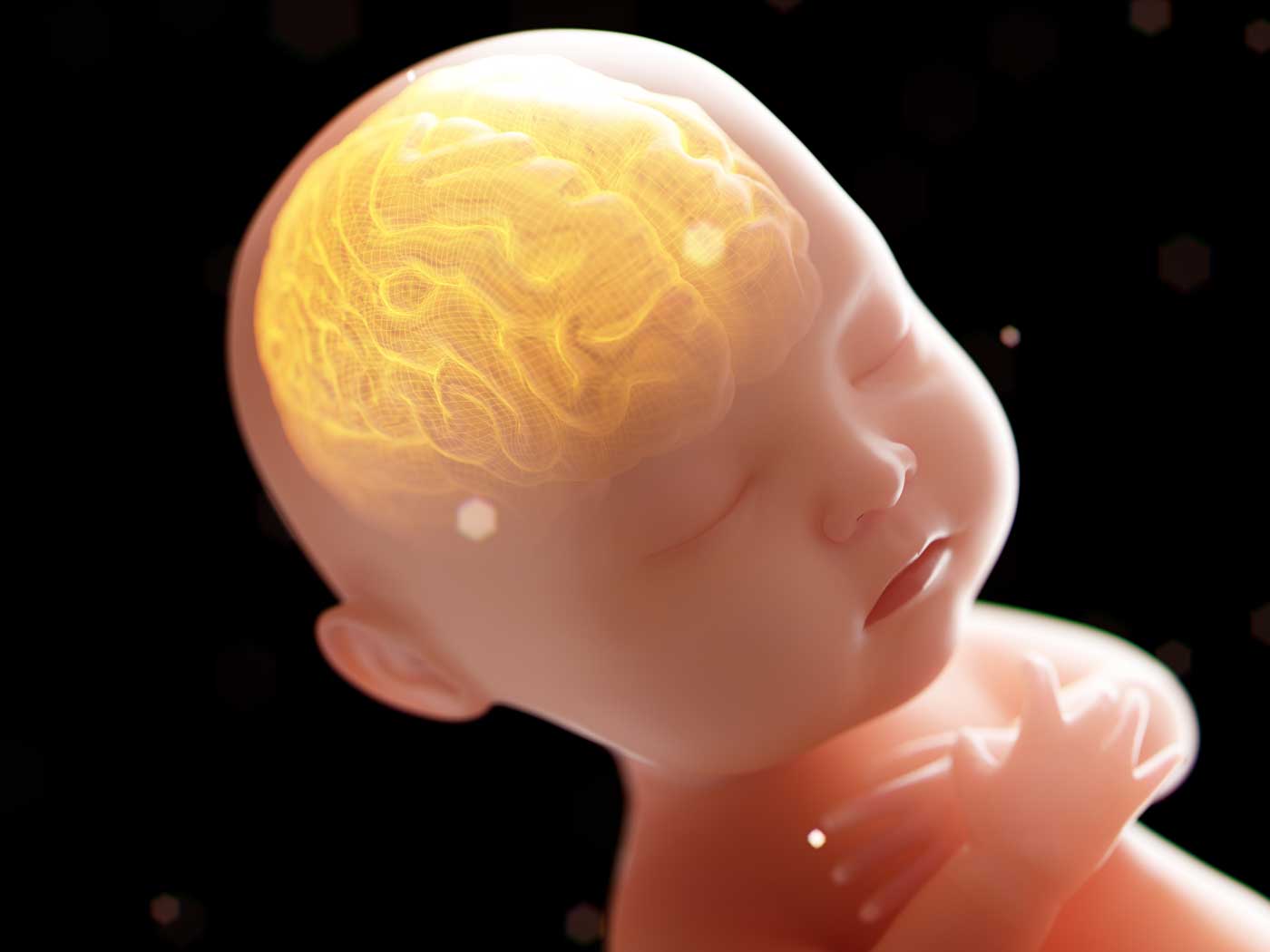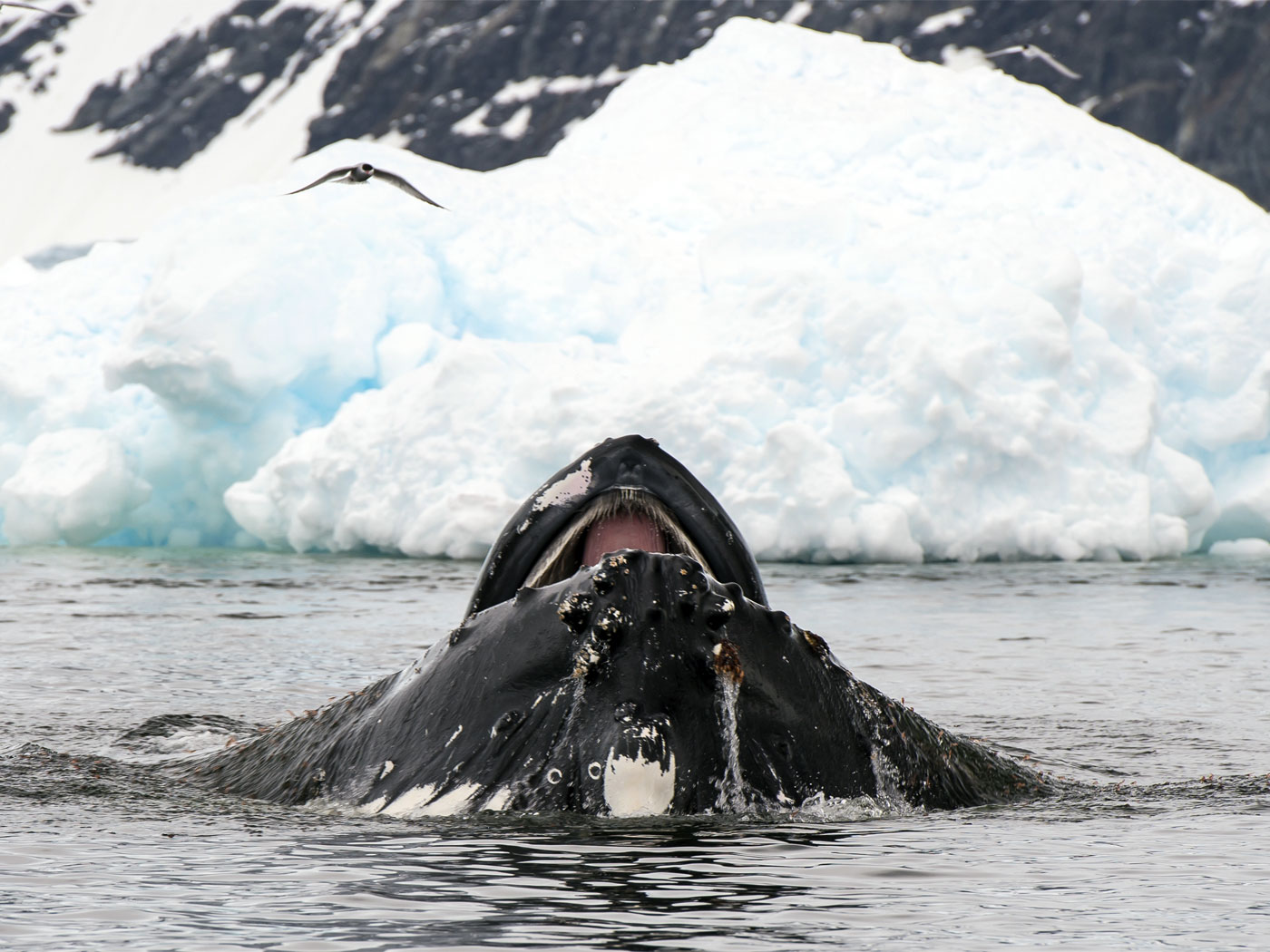New research goes a long way in explaining how creatures actively sense their environment and adapt to it. One mechanism enables some organisms to track the changing levels of nutrients, hormones, or stress they are exposed to, and then make appropriate responses if and when needed. Andrew Capaldi’s lab at the University of Arizona is responsible for these remarkable findings published in Nature Communications.1 His results can also be added to an increasing body of evidence to support ICR’s theoretical assumption that biological functions are best explained by engineering principles.2
Capaldi’s team conducted experiments to test their hypothesis that the yeast cells Saccharomyces cerevisiae regulate some metabolic pathways using innate mechanisms. These closely correspond to control theory systems designed by human engineers.
Control theory is fairly simple to understand. To regulate a three-step system that 1) takes an input substance (materials or information), 2) processes that input in some manner which then 3) produces an output product, human engineers need to link the system to several sensors and logical instructions. To keep the system running in a steady-state, a sensor needs to monitor the output product for any deviations from a set point which will send a feedback signal to adjust the middle processing step. Another sensor monitors external conditions for extreme changes to the input substances and sends a feedforward signal to speed up or slow down the processing step accordingly. The system will have the engineered properties of being “resilient” to change by being both “robust” and “flexible.”
Capaldi’s data showed that in a yeast cell two metabolic pathways play distinct roles in a unified regulatory circuit. The first pathway (TOR) regulated steady-state levels of gene expression for products related to metabolism. The second pathway (PKA) regulated gene expression during transitions into, and out of, the rapid growth states that enabled the yeast to quickly adapt to changes in the concentration of the key external nutrient glucose.
Capaldi’s team found that this metabolic regulation in yeast is in fact best explained by engineering principles.
This kind of feedback control [first pathway] is known to have two advantages. First, it is very accurate; the rate of protein synthesis will always be set based on the level of resources available to the cell. Second, it works in the face of any perturbation, predictable or not. Importantly, however, feedback control modules also have a limitation, they respond poorly (slowly) to large external changes. As a result, man-made control systems often include a feedforward control module that drives the response to key input signals, and then lets the more accurate feedback controller takeover again. This is precisely how the PKA [second] pathway functions.1
A press release put out by Mikayla Mace from the University of Arizona summed up the implications of the Capaldi team’s research and stated, “Cells are constantly adapting to what’s available in their environment. They discovered that when a cell has a steady availability of nutrients, the TOR pathway makes sure the cell chugs along at an appropriate (matched) pace. But when a cell suddenly gets rich in a certain nutrient, the PKA pathway shifts into gear and triggers a 25-fold increase in gene production before turning itself off and letting the far more precise TOR controller take over again.” Mace reinforced the basic engineering principle by noting that “Chemical engineers use the same principle to tightly control temperature.”3
However, when it came time to explain the origin of “control theory” in yeast cells that operates by the same design principles that engineers use, did Capaldi’s team refer to rational engineering causality? No, they didn’t…but why not? For one thing, engineering causality might portray yeast as being intelligently designed which would greatly reduce the likelihood of the team’s research being published in Nature. But more importantly, biological thinking is trapped in the mystical milieu of Darwinian selectionism that unfailingly personifies nature as somehow exercising agency to explain the origin of biological function in lieu of God’s agency.4 In an interview with Mace, Capaldi credited the invention of the second essential pathway to his own personification of nature by imagining that “nature added PKA.”3
In what is supposed to be a serious commentary reporting on scientific discoveries, the Arizona State University’s press release opens with a mystical scenario that personifies nature. They use this personification to explain why engineering principles underlie both control theory and this biological function. It says,
In the last 150 years, engineers have developed and mastered ways to stabilize dynamic systems, without lag or overshoot, using what’s known as control theory. Now, a team of University of Arizona researchers has shown that cells and organisms evolved complex biochemical circuits that follow the principles of control theory, millions of years before the first engineer put pencil to paper.
The press release’s title “Control theory: Mother nature is an engineer” pinpoints the selectionist belief that nature somehow exercises agency.
Ironically, in what could be understood as a swipe against the trial-and-error outworking of selectionism5 and a nod to intelligent design, Capaldi said, “Our cells have 30,000 proteins, and biologists have shown that if there’s anything wrong in one of a few thousand that control growth, then you can get a disease,” adding “That is because these pathways do not work as simple on-and-off switches. As we have shown in our new study, they act like complex circuits, even computers.”3 With “hundreds and hundreds of signaling pathways that are interconnected,” he seemed to imply an endless supply of new things for scientists to discover in the future.
The evidence that control theory which regulates metabolism in yeast is explained by engineering principles is confirmation of the central assumption of ICR’s theory of biological design. A design-based interpretation of Capaldi’s findings places them as integral to understanding the engineered mechanisms that enable organisms to rapidly solve environmental challenges. ICR takes a straightforward explanation for the origination of these exquisite biological systems: they look designed because they are designed. Perhaps the study of control theory and other systems that seems like it could go on forever truly does demonstrate the unending power and Godhead of nature’s Creator, the Lord Jesus Christ (Romans 1:20.)
References
1. Kunkel, J., X. Luo, and A. P., Capaldi, 2019. Integrated TORC1 and PKA signaling control the temporal activation of glucose-induced gene expression in yeast. Nature Communications. 10 (1): https://doi.org/10.1038/s41467-019-11540
-y
2. Guliuzza, R. J. 2018. Engineered Adaptability: Adaptive Changes Are Purposeful, Not Random. Acts & Facts. 47 (6): 17-19.
3. Mace, M. Control theory: Mother nature is an engineer. Posted at uanews.arizona.edu on August 7, 2019, accessed September 1, 2019.
4. Guliuzza, R. 2011. Darwin’s Sacred Imposter: Natural Selection’s Idolatrous Trap. Acts & Facts. 40 (11): 12-15.
5. Guliuzza, R. J. 2018. Engineered Adaptability: Adaptive Solutions Are Targeted, Not Trial-and-Error. Acts & Facts. 47 (7): 17-19.
*Randy Guliuzza is ICR’s National Representative. He earned his M.D. from the University of Minnesota, his Master of Public Health from Harvard University, and served in the U.S. Air Force as 28th Bomb Wing Flight Surgeon and Chief of Aerospace Medicine. Dr. Guliuzza is also a registered Professional Engineer.
























